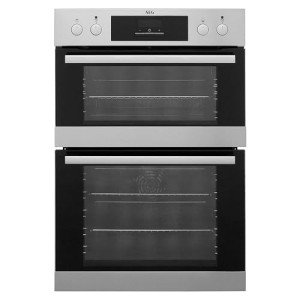Understanding the Built-In Range: A Deep Dive Into One of the Most Versatile Programming Features
The built-in function range() is among the most commonly used functions in programs, especially in Python. Its simpleness and adaptability make it an important tool for developers, engineers, and data researchers alike. In this article, we will check out the essential elements of the built-in range function, its syntax, use cases, and some practical examples to help you utilize its power in your coding undertakings.
What is the Built-In Range?
In Python, the range() function produces a sequence of numbers. It is often used for version, particularly within loops, enabling developers to execute a block of code a particular variety of times without by hand specifying each model.
Syntax of the Range Function
The range() function can take one, 2, or three arguments, and its standard syntax is as follows:
range( start, stop, action).
start: The starting point of the series (inclusive). If left out, it defaults to 0.
stop: The endpoint of the sequence (special). This argument is required.
action: The distinction between each number in the sequence. If omitted, it defaults to 1.
integrated ovens for sale of Using Range.
Standard Usage: Using range() in a simple for loop to print numbers from 0 to 4:.
for i in range( 5 ):.
print( i).
Output:.
0
1.
2.
3.
4.
Defining a Start and Stop: You can specify both a starting point and an endpoint:.
for i in range( 2, 6):.
print( i).
Output:.
2.
3.
4.
5.
Using a Step Value: The action specification allows you to manage the increments:.
for i in range( 0, 10, 2):.
print( i).
Output:.
0
2.
4.
6.
8.
Counting Backwards: The step can likewise be unfavorable, enabling counting down:.
for i in range( 5, 0, -1):.
print( i).
Output:.
5.
4.
3.
2.

1.
Practical Applications.
Iterating Over Lists: While using range() is typical in for loops, it can likewise work for iterating over the indices of a list.
fruits = [' apple', 'banana', 'cherry'] for i in range( len( fruits)):.
print( f" i: fruits [i] ").
Output:.
0: apple.
1: banana.
2: cherry.
Developing Number Sequences: The function is useful for creating sequences of numbers, which you might need for algorithms or information adjustment.
number_list = list( range( 10, 21)).
print( number_list).
Output:.
[10, 11, 12, 13, 14, 15, 16, 17, 18, 19, 20] List Comprehensions: range() works beautifully with list comprehensions for more condensed expressions.
squares = [x ** 2 for x in range( 5)] print( squares).
Output:.
[0, 1, 4, 9, 16] Conclusion.
The built-in range function is a fundamental feature in Python that supplies a basic method to produce series of numbers, which can be used for a range of programming tasks. Whether you are working on loops, producing lists, or carrying out algorithms, understanding how to utilize range() is crucial for efficient Python coding. As you continue to check out the language, you'll unquestionably discover brand-new ways to utilize this effective tool, making your shows tasks more efficient and streamlined.
